I remember the morning of Dec. 10, 2010, almost like it was yesterday. It was a cold and dull day pretty much like today, and I felt sleepy after staying up late to play Final Fantasy XIV.
I’m talking about the original Final Fantasy XIV, that much-criticized version 1.0 that was blasted by critics and fans alike, bleeding players at an alarming rate after a largely unsuccessful release.
Yet, I liked the game. I enjoyed its lore and some of its quirks, and I was gradually falling in love with Eorzea despite its undeniable flaws.
Of course, I was bummed about the issues, and the morale among the player base was at an all-time low, with friend after friend getting fed-up and “going back to WoW.”
Little did I know that that day exactly ten years ago would have been very, very different.
Despite the state of the game, the news hit like a hammer. Square Enix announced that it was going to overhaul the development team placing an unknown man named Naoki Yoshida at the helm as producer and director.
The name surely did not ring a bell. So I scrambled to do some research to write a news article, but I was amazed to find that nearly no information on Yoshida-san existed at the time. He pretty much seemed to have appeared out of nowhere.
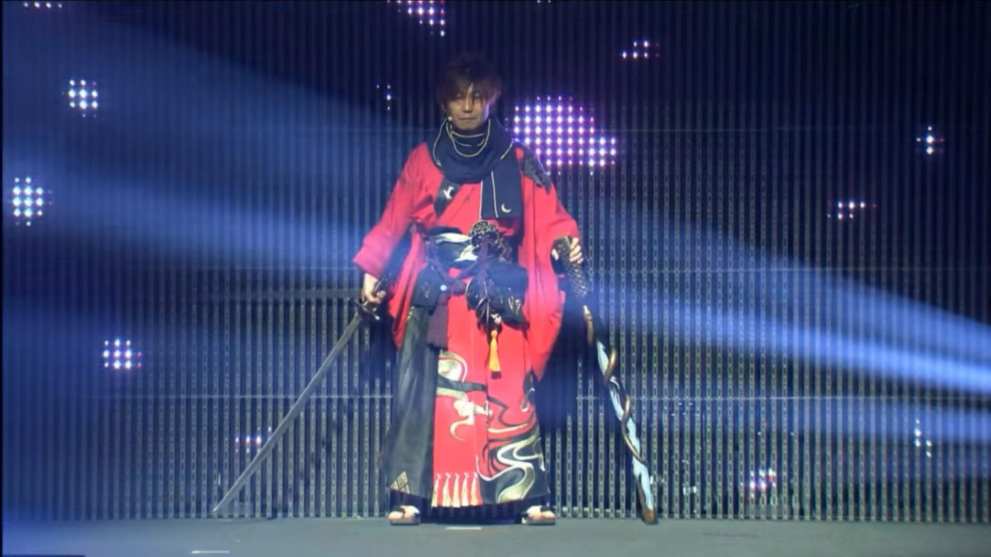
Of course, I didn’t really expect all that much from the renewed development team and its new head.
Considering the lack of information, I thought this was simply akin to the doom of many other hyped and failed MMORPGs in the post-WoW era, bleeding players, placed into maintenance mode under a makeshift development team left over by layoffs, and then inevitably shuttered.
The Final Fantasy franchise itself wasn’t faring too well. After the relatively mixed reception that affected Final Fantasy XIII, Final Fantasy XIV’s disaster appeared like the coup de grâce.
Yet, Naoki Yoshida and his team set out to prove me wrong, and I quickly realized that his initial message wasn’t just empty words. You can read it below.
“I would like to take this opportunity to greet all of you—those currently playing FINAL FANTASY XIV, those who have taken a respite from playing, and those awaiting the PlayStation 3 release—and offer a brief word by way of an introduction.
No doubt there are very few, if any, among you who have ever heard the name Naoki Yoshida. To be sure, I have never been in the fore on any of the titles I have worked on in the past. I am, however, honored and privileged to work alongside many talented and inspiring colleagues, and with their support have enjoyed making games for a number of years. I am aware that a great many people will think the responsibility of leading FINAL FANTASY XIV is far too large a task for someone so unknown. After all, even my very best may seem no more than a drop in the bucket when considering the sheer scope of FINAL FANTASY XIV. But working together with me are the very talented and very capable development and management teams, whose dedication and motivation are unwavering. I would like to ask you to please put to rest uncertainties that you may have.
Now, more than ever, myself, the development team, and Square Enix as a whole, are committed to furthering our efforts to provide a quality service.
Everything we do will be for our players and customers.”
The first Starlight Celebration came a few days after and delivered a bit of cheer to the player base, while the waiving of the monthly fees even brought back a few of the friends who had left.
It was a small thing, almost a placebo effect, but seeing this kind of seasonal event in the game made many of us feel like we finally were playing a “normal” MMORPG.
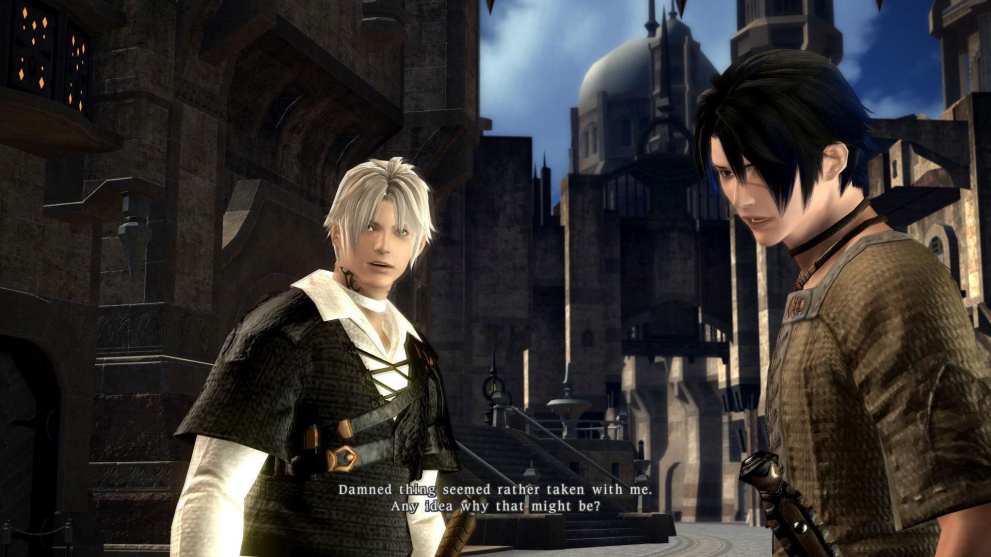
It was the first time since the release in September that players could feel a bit of relief. It’s no wonder that for many the Starlight Celebration remains a special event.
Against all odds, things started to improve. Slowly and gradually, but surely, patch after patch, the game inched toward becoming less clunky and more interesting.
Dungeons, more story content, chocobos, and even classic jobs were added to the game, feature after feature, breathing the previously nearly-absent spirit of Final Fantasy into the game.
The story was also becoming more intriguing where the original narrative was strange and confusing.
On top of that, Naoki Yoshida kicked off his Letter from the Producer Live series of livestreams (which have now reached the 61st episode), pioneering a much more direct way to communicate with the players that strongly affected both Square Enix as a whole and possibly many more among the gaming industry.
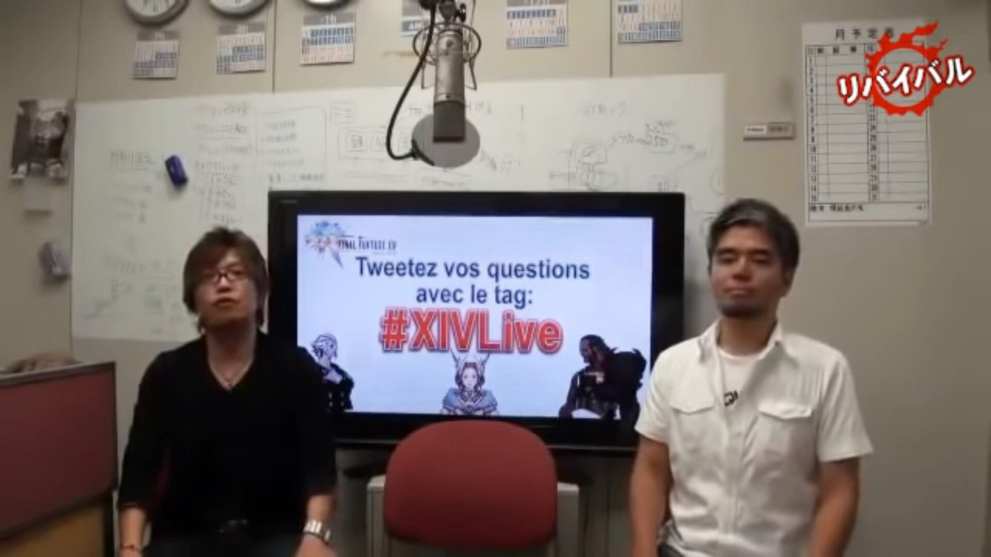
Yoshida-san, or Yoshi-P, as the fans affectionately call him (“P” is often used in Japan as an abbreviation of “Producer”), wasn’t just improving the game.
He was also consistently encouraging the players by showing that he was a very different developer compared to those we were used to. He wasn’t an old-guard auteur who only spoke via interviews, but “one of us,” speaking to us frankly and directly.
Yet, fate wasn’t done throwing challenges at the development team: on March 11, 2011, the Tohoku earthquake and tsunami hit Japan, causing thousands of victims and prolonged electricity shortages.
The development team announced that to save energy, they would shut down the servers until further notice. I will admit that I thought the game would never come back.
The dire situation felt like just another reason for the executives at Square Enix to fully shut down a game that was surely hemorrhaging money instead of creating revenue.
And once again I was surprised. Just a couple of weeks after, Final Fantasy XIV came back, with the development team hard at work to further improving the game while giving up air conditioning and more to keep the energy-saving efforts going.
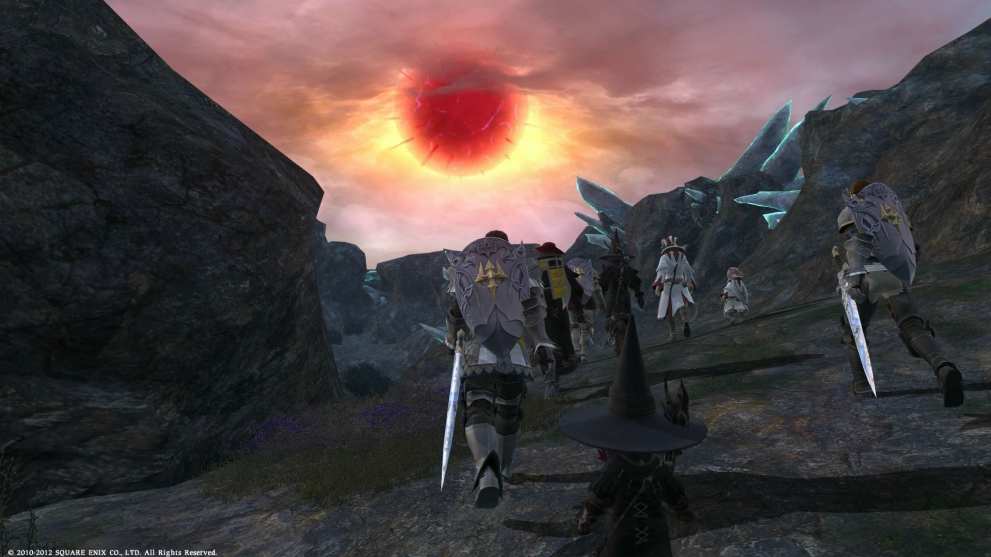
Months passed, leading to the biggest surprise: in October, Yoshida-san and his team announced what was then codenamed “Version 2.0,” basically a whole new game built on the lore and world of Final Fantasy XIV, but hopefully without its shortcomings.
I was absolutely shocked. The situation was unprecedented in the MMORPG market, where second chances rarely happen.
On top of that, Square Enix wasn’t simply scrapping the game and making a new one. They were creating a whole storyline leading to the “death” of the original game, and eventually to its rebirth. Existing players would retain their characters and even get initial access to 2.0 for free.
The saga that led to the closure of 1.0 proved to be absolutely epic, getting us invested in the fate of Eorzea more deeply than anyone would have imagined just a short year before.
I’m sure I’m not the only one, among the many who stood on the field of Cartenau on November 11, 2012, who cried hard when the screen went black, and when we saw the “End of an Era” cutscene, bringing a temporary end to our struggle and promising a new beginning.
Yet, that certainly was not the end of the struggle for Yoshi-P and his team, who had already been hard at work on 2.0 for quite a while in parallel with the updates that were gradually improving 1.0.
They had to create what was effectively a whole new game in record time, and the weight on their shoulders must have been nearly unbearable. As for the fans, we could only wait and see. Could they really be successful?
Many were skeptical, but I was hopeful. Despite my original doubts, I had decided to stick with Final Fantasy XIV to the bitter end, both as a player and as a journalist.
Over half a year later, on August 27, 2013, Final Fantasy XIV reopened with the brand new “A Realm Reborn” name.
During the launch event in Tokyo Yoshida-san finally broke down, starting to sob in front of the audience due to the relief after all the hardships. Final Fantasy XIV was indeed reborn.
When the servers reopened and my character reappeared in front of Ul’dah, I broke down as well and cried hard once again. The death and rebirth of Final Fantasy are without a doubt the most emotional events I’ve ever lived in my gaming life.
Yet, the launch of A Realm Reborn wasn’t exactly smooth, but in a way that nearly no one expected. The demand for the game was so high that there simply weren’t enough servers for everyone. After all, how do you properly plan for enough servers for a game born from the ashes of a failure?
Square Enix was forced to suspend the sales of copies of the game both digitally and in stores. I guess some would say that too many players are a nice problem to have, but it must have been nerve-wracking for Yoshi-P and the development team.
Yet, they managed to overcome this as well, and word of mouth combined with positive reviews energized the growing fanbase.
The rest, is basically history. The success of A Rearm Reborn proved to Square Enix’s executives that they could further invest in the game and so they did.
The first expansion, Heavensward, launched in 2015, finally fulfilling a promise made on the very first day of 1.0.
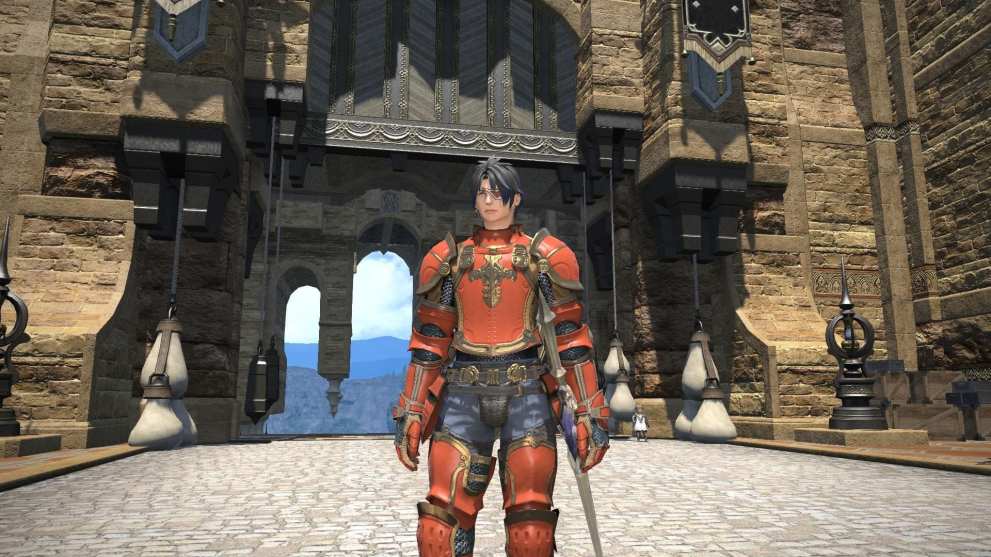
I still remember, as a level 1 Gladiator all the way back on the 1.0 launch day five years before, I walked all the way to Coerthas to find the gates of Ishgard avoiding combat and roaming monsters (back then, Eorzea was a much, much more dangerous place).
I was absolutely positive that, following the beta, Square Enix would have opened Ishgard at the game’s release. Yet, despite the fact that it made no sense, the gates of Ishgard were still closed, and they would have remained closed for five years.
I’m pretty sure you can guess by now that I’m a pretty emotional fellow, so you won’t be surprised to know that when I finally set foot in the previously-inaccessible Ishgard, I cried again.
Yoshi-P and his team had fulfilled another promise. I’m sure no one, back in 2010, would have even considered the idea that Final Fantasy XIV would ever be remotely successful enough to get an expansion.
And the expansions kept coming. Stormblood in 2017 fulfilled another long-lost promise, prompting Final Fantasy XIV’s players to reconquer the city-state of Ala Mhigo, lost to the Garlean Empire before the events of the original game. And yes, if you’re still wondering, more tears were shed.
2019 brought us Shadowbringers and its absolutely marvelous storytelling. With all the old promises fulfilled, Yoshida-san unleashed the narrative team to create one of the best stories of the whole Final Fantasy franchise.
In the meanwhile, the player base has been growing steadily, supported by many events in the real world like the FanFests and the Orchestra Concerts, which created unbreakable friendships among fellow Warriors of Light (and darkness). Final Fantasy XIV had become, for many of us, much more than a simple game. It was and still is as real as it gets.
Over the years, I’ve also had the honor to meet Yoshi-P several times for interviews and events. He’s absolutely charming to talk to, and I don’t remember many other developers with which I spent a whole hour laughing while trying very hard to actually ask questions.
I’m unashamed to admit that, now that COVID-19 is making in-person interviews and traveling to events basically impossible, I miss my chats with him very much. I can’t wait for this pandemic to be over, to resume these open and fun conversations with one of my favorite developers.
Besides, he is a big fan of Dark Age of Camelot, which is (alongside Final Fantasy XIV and Final Fantasy XI) my favorite MMORPG of all time.
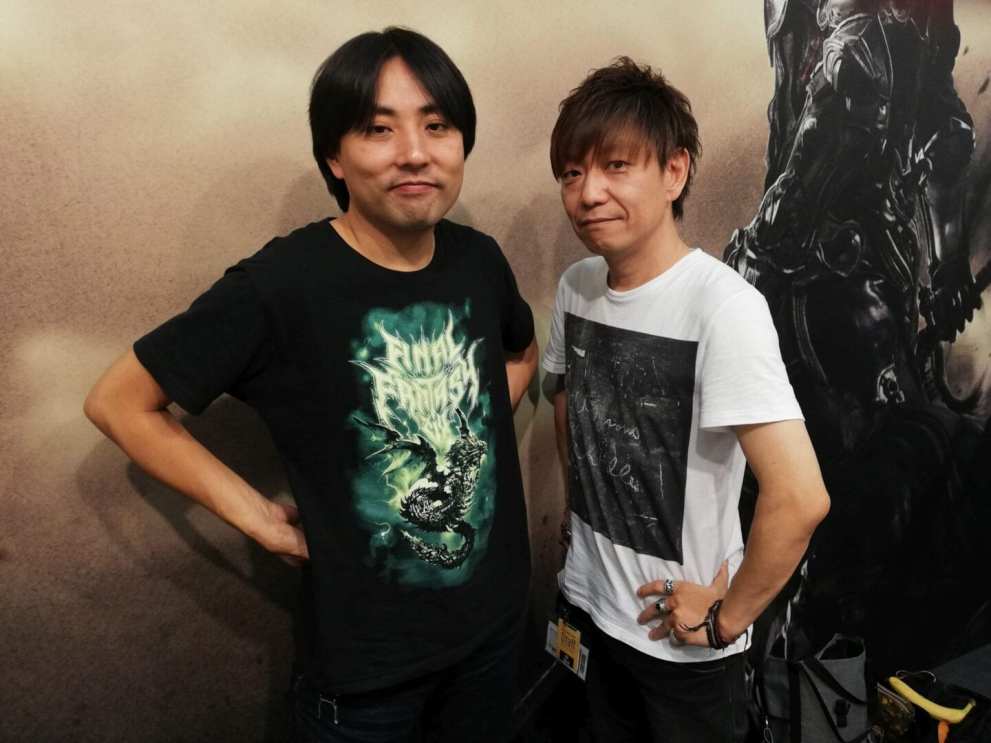
Yet, I am digressing, because Naoki Yoshida’s meteoric rise from the least-known producer and director of the whole AAA industry to beloved superstar isn’t stopping with Final Fantasy XIV.
Back in 2019 he was promoted to an executive role at the helm of Square Enix’s 3rd Development Division, culminating with the announcement of Final Fantasy XVI earlier this year.
At least from the company, there is no bigger testament to the success of Naoki Yoshida and Final Fantasy XIV. The man who led his team to steer one of the most unsuccessful MMORPGs of all time into one of the most successful is once again taking on a new challenge, hopefully breathing new life into the single-player arm of the Final Fantasy franchise.
Only the future will tell whether he’ll impress the world once again, but his role as Final Fantasy XVI’s producer doesn’t mean he is leaving Eorzea. Square Enix’s MMORPG is stronger than ever, and I fully expect to see Yoshi-P at the helm of the Letter of the Producer Live’s 100th episode, several years from now.

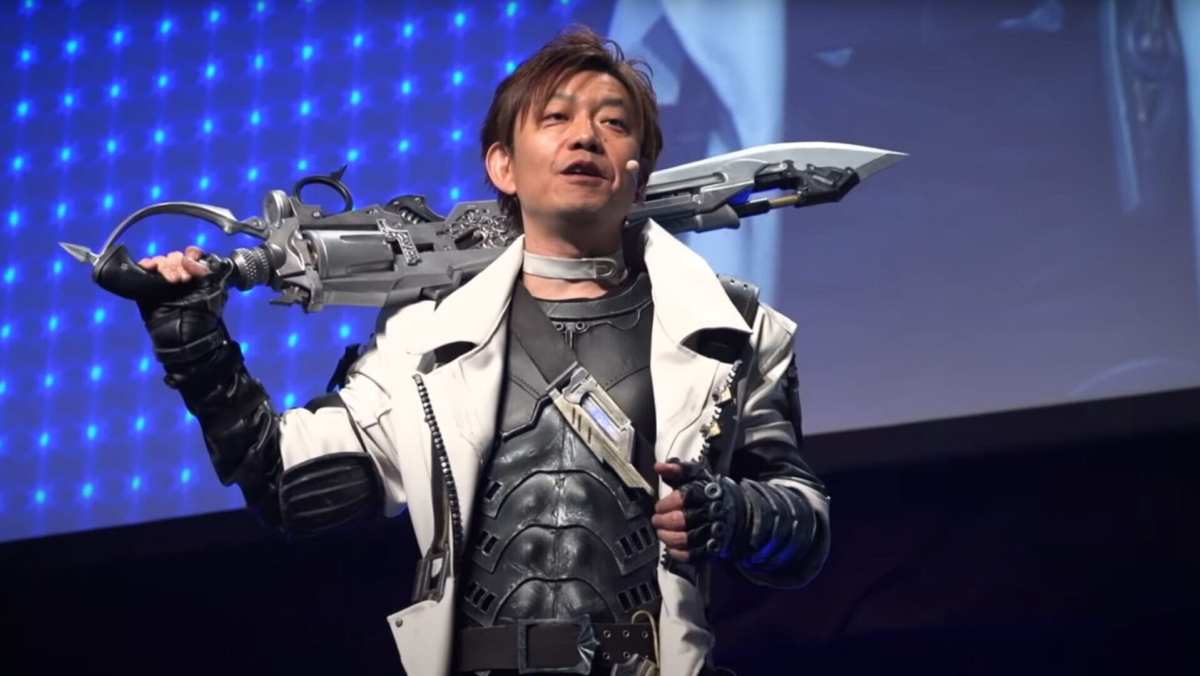











Updated: Dec 10, 2020 12:12 pm